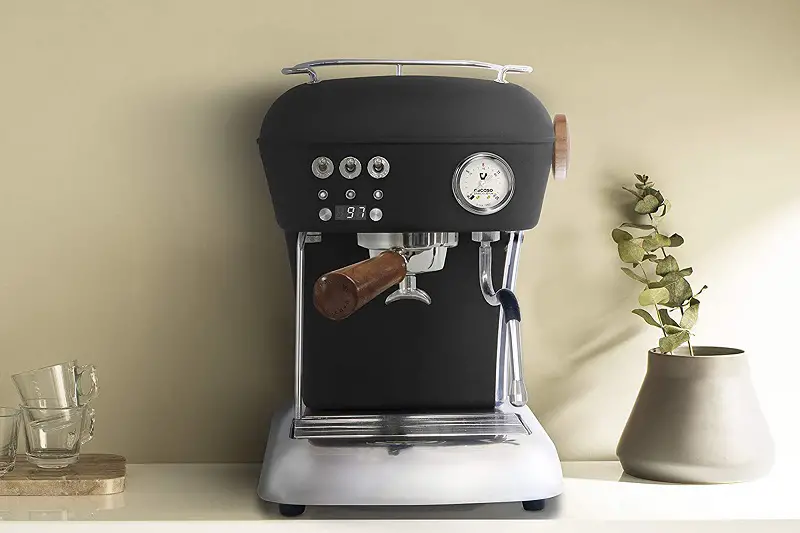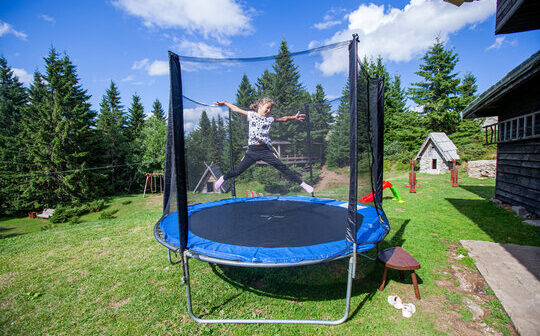
Mastering the use of an espresso machine is essential for coffee enthusiasts aiming to replicate the bold and rich flavor of a café-style espresso at home.
Knowing the correct techniques and understanding the functions of an espresso machine can transform coffee beans into the perfect shot of espresso.
While the process may appear daunting at first, with a little practice, anyone can become proficient in making espresso that rivals their favorite coffee shop.
Before attempting to brew an espresso, one should become familiar with their machine. Espresso machines can range from simple manual devices to sophisticated automatic models. Each machine has its specific features, but generally, they all operate on the same basic principle of forcing hot water through finely-ground coffee at high pressure.
Understanding the particulars of the machine in use is a pivotal step that can significantly impact the quality of the espresso produced.
Key Takeaways
- Mastering espresso machines enhances home coffee quality.
- Familiarity with the machine’s features is essential.
- Correct techniques are key to replicating café-style espresso.
Understanding Your Espresso Machine
Before diving into the use of your espresso machine, it is crucial to become familiar with its components and understand how to set it up effectively.
Components and Accessories
An espresso machine comprises several key components, each playing a pivotal role in the coffee brewing process. The portafilter is where one tamps and locks in the ground coffee, and it is essential for a proper espresso extraction. Machines often include both single and double shot baskets, depending on the serving size.
The steam wand allows for milk frothing, and a water reservoir feeds water to the machine. Additional accessories, such as a tamper, knock box, and cleaning tools like a group head brush, are indispensable for maintaining the machine and ensuring consistent coffee quality.
Machine Setup
Setting up an espresso machine involves a few critical steps to ensure it operates correctly for the best possible espresso. Initially, one must fill the water reservoir with fresh water and prime the machine according to the manufacturer’s instructions.
Ensuring the machine is level facilitates even extraction of espresso shots. The next step is to inspect the group head, ensuring it’s clean before inserting the portafilter.
Preheating the machine, including the portafilter and espresso cups, is vital, as temperature consistency is key to pulling the perfect shot.
For those seeking the best espresso machines under $1000, this initial setup is crucial to ensure optimal performance and value for your investment.
Brewing Espresso
To achieve the perfect espresso at home, one must master several key steps: grinding the coffee to the right fineness, precisely tamping the grounds, accurately pulling the shot and, if desired, properly steaming the milk for beverages like cappuccinos and lattes.
Grinding the Coffee
The coffee should be ground finely, resembling the texture of table salt. Ideally, one uses 18-21 grams of coffee beans for a double shot, which are then ground fresh right before brewing to ensure maximum flavor. Properly ground coffee is critical, as it ensures even extraction and a robust flavor profile.
Tamping Techniques
Once the coffee is ground, it should be evenly distributed in the portafilter. They then use a tamper to compress the grounds firmly and evenly with approximately 30 pounds of pressure, which will prevent water from channelling unevenly through the coffee during extraction. The goal is to create a flat, even surface.
Pulling the Shot
The machine should be preheated, and the portafilter locked in place. Depending on the machine, they may press a button for a single or double shot. The shot should take about 25-30 seconds to pull, resulting in 1 ounce for a single and 2 ounces for a double. The first few seconds of the shot are critical—it should start with a slow drip before developing into a steady stream.
Steaming the Milk
For beverages that include steamed milk, fill a metal pitcher about one-third full with cold milk. They should then purge the steam wand before submerging it slightly below the milk’s surface, creating a vortex.
Once the milk reaches a temperature of about 150 degrees Fahrenheit, it should have a creamy consistency without any large bubbles. Steaming milk properly allows for a balance between foam and liquid, essential for latte art and texture.


